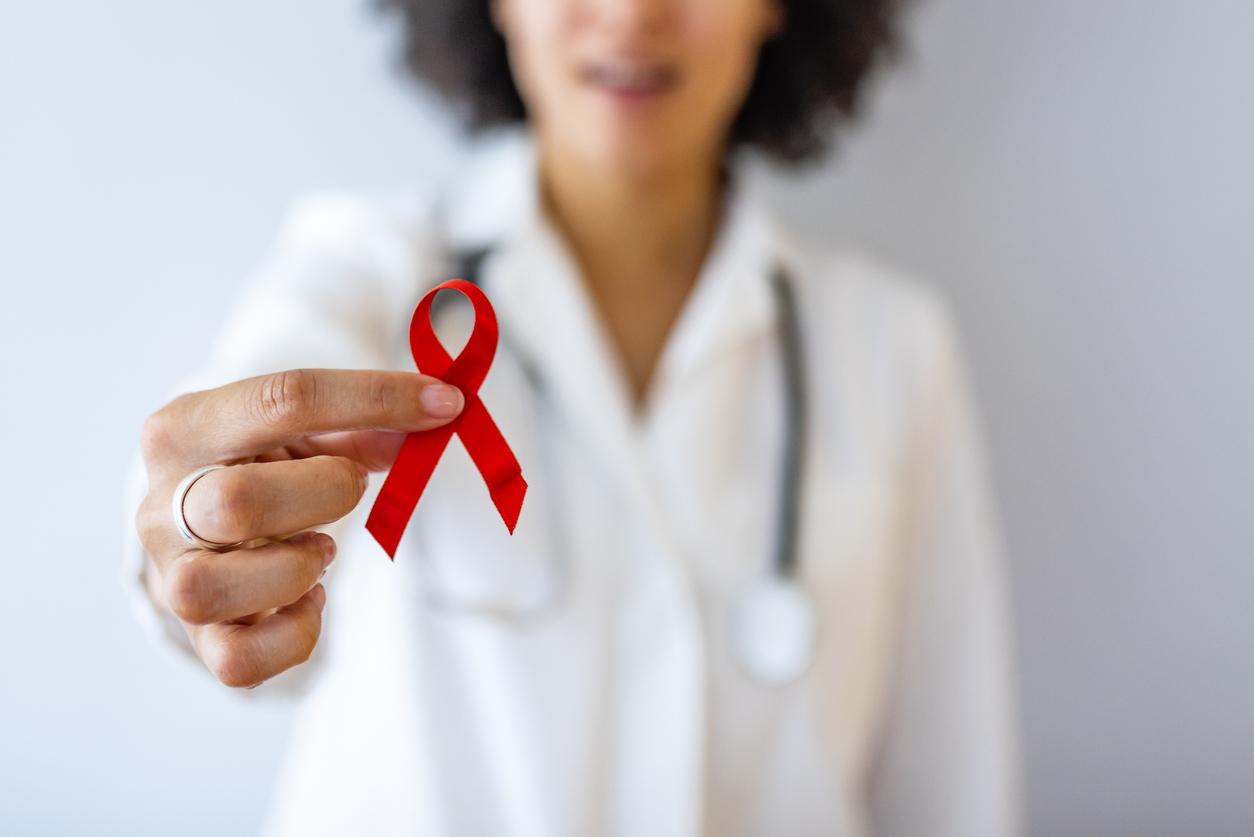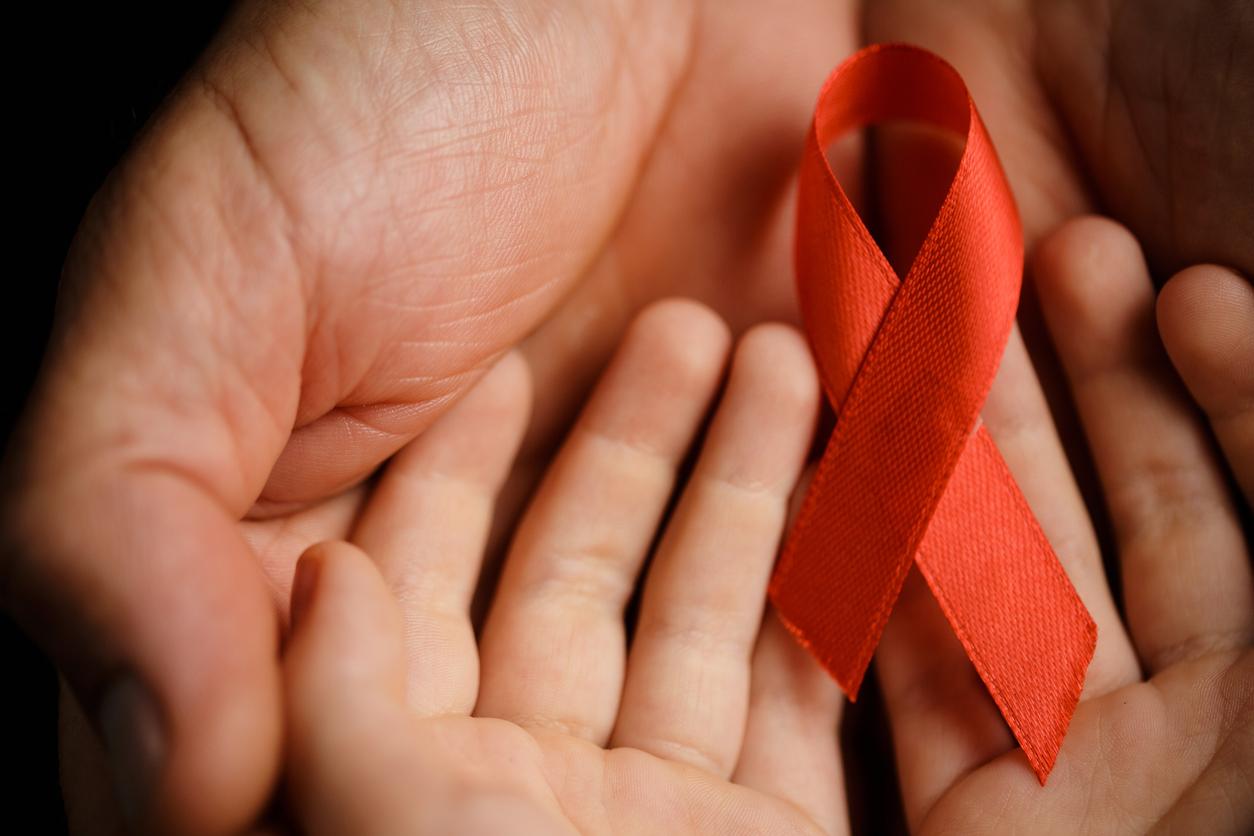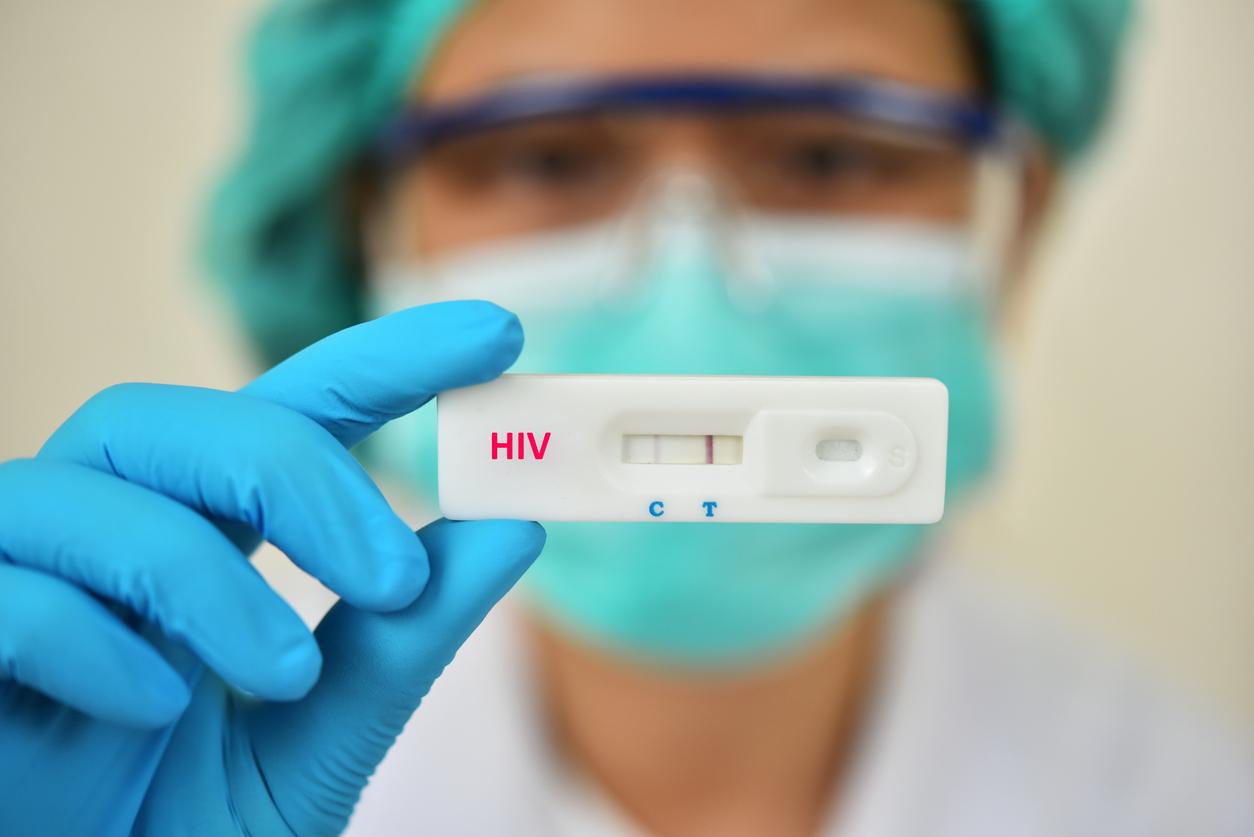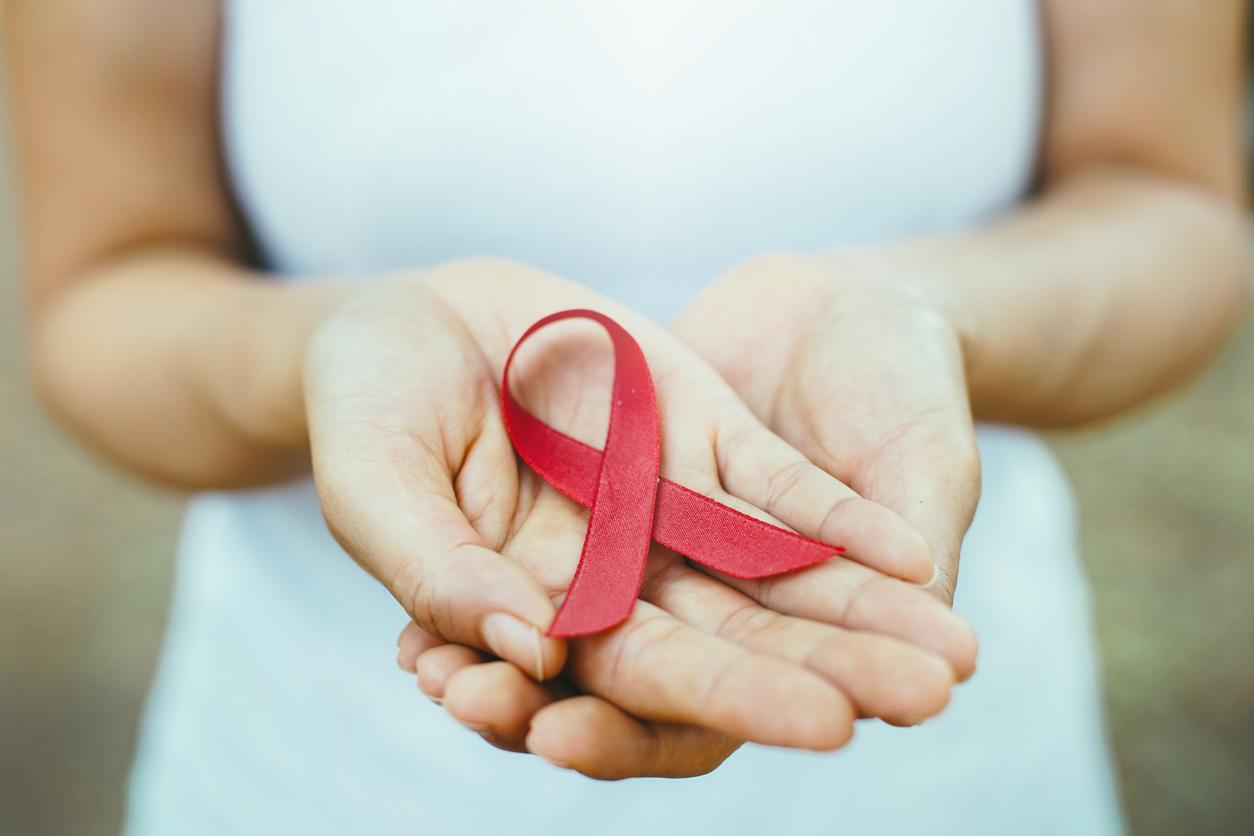The targets set in 2000 for the fight against AIDS have been exceeded, according to the latest UNAIDS report. If efforts are sustained, the disease could be eradicated within 15 years.

- Joint United Nations Program on HIV / AIDS has prevented 30 million new HIV infections and 7.8 million deaths since 2000
- 37 million people are currently infected with HIV worldwide, 15 million of whom have access to antiretroviral therapy
- In 15 years, 60 countries have succeeded in reducing new infections by more than 20%
- In France, the number of new HIV infections continues to increase
Decrease in contaminations and deaths, better access to treatment, increased investments: the figures contained in some 520 pages of the UNAIDS 2015 report attest to the real success of the plan to fight the AIDS epidemic, launched just 15 years ago. Progress so important that it would be possible, according to UNAIDS, to see the disease disappear by 2030. An ambitious goal, which requires support for the efforts and investments made for 15 years by most States.
A balance sheet full of hope
Presented at the Third International Conference on Financing for Development, by the Secretary-General of the United Nations, Ban Ki-Moon, the report entitled How AIDS Changed Everything – MDG Sixth: 15 Years, 15 Lessons of Hope from the AIDS Response takes stock of the achievements since 2000, when the United Nations set eight Millennium Development Goals (MDGs). The fight against infectious diseases, in particular AIDS and malaria, was the sixth objective of this large-scale program.

The 8 Millennium Development Goals – Source: UNAIDS
The road traveled since to halt and reverse the spread of HIV is such that UNAIDS now believes that “the world has exceeded expectations in the fight against AIDS (…) and is on track to end it. the AIDS epidemic by 2030 as part of the Sustainable Development Goals (SDGs). “
In 2000, the report recalls, 8,500 people contracted AIDS every day around the world, and 4,300 died from it. Today, new HIV infections have fallen by 35% and AIDS-related deaths by 41%. Between 2000 and 2014, new cases increased from 3.1 million per year to 2 million. Without the Joint United Nations Program on HIV / AIDS, that figure would now be 6 million, the report said. “The global response to HIV has prevented 30 million new HIV infections and nearly 8 million AIDS-related deaths since 2000,” UNAIDS analyzes.
In total, according to the UN agency, 83 countries in the world, representing 83% of all people living with HIV, have succeeded in halting or reversing the spread of HIV. Some sixty countries are thus showing a decline in the epidemic of more than 20%, including India, Kenya and South Africa, countries which were experiencing major epidemics. In the ranking, France, like several other European countries, acts as a poor student: contaminations are not decreasing, and each year, 6,000 French people are still infected. Today, 150,000 people are living with HIV in France, 30,000 of whom are unaware.
Children better protected
The decrease in contamination in children is particularly notable: less 58% in 15 years. While in 2000, half a million new cases were diagnosed, in 2014, according to UNAIDS estimates, 85 countries had less than 50 new childhood infections. This progress is essentially based on better care for mothers infected with HIV. The rate of HIV-positive pregnant women accessing antiretroviral therapy has jumped 73% since the start of the 21st century. And recently, the World Health Organization announced that Cuba was the first country to eradicate mother-to-child transmission of HIV.
However, significant progress remains to be made regarding the care of 2.6 million HIV-positive children: only a third was diagnosed in 2014, and 32% have access to antiretroviral therapy.
15 million people on treatment
Among the many figures in the report published by UNAIDS, one was particularly highlighted: 15 million. This is the number of people currently receiving antiretriviral treatment. “Fifteen years ago, the law of silence reigned, AIDS was the disease of others, treatment was for the rich and not for the poor,” said Michel Sidibé, Executive Director of UNAIDS. We have shown that these arguments were unfounded and, to date, 15 million people are under treatment, or 15 million successful stories ”. For UNAIDS, reaching 15 million people “proves beyond a shadow of a doubt that treatment can be generalized even in low-resource settings.”
In 2000, less than 1% of HIV-positive patients were treated, today 40% have access to antiretroviral therapy. In 15 years, the annual price of a treatment has dropped from $ 10,000 to $ 100 for “first-line” drugs. Because the most recent therapies, with a reduced number of tablets and above all much less side effects, remain expensive. In a statement, UNAIDS appealed to laboratories: “The prices of second and new generation drugs are still far too high and must be negotiated urgently to be revised downwards”.
Efforts to support
Faced with more than encouraging figures, UNAIDS urges States not to relax the efforts made over the past 15 years. The report highlights the progress made since 2000, but already sets targets for the years to come. To hope to end the AIDS epidemic by 2030, it will first be necessary to secure even more financial resources: “an investment and not a cost”, insists UNAIDS.
Since 2000, $ 187 billion has been allocated to the fight against HIV, including $ 90 billion from domestic resources. In 2014, 50 countries funded more than 75% of their actions from their own budgets, “a great success in terms of national ownership of this cause,” said UNAIDS. In order to reach the set targets, the overall budget for the fight against AIDS should drop from the current 22 billion dollars to 32 billion dollars per year.
Money is not the only lever to make further progress in the fight against HIV. Significant efforts remain to be made, particularly in terms of screening and prevention. UNAIDS also stresses the importance of social progress, and deplores the fact that many countries still penalize sexual practices between people of the same sex, and even discriminate against HIV-positive people.

Source: UNAIDS
.

















